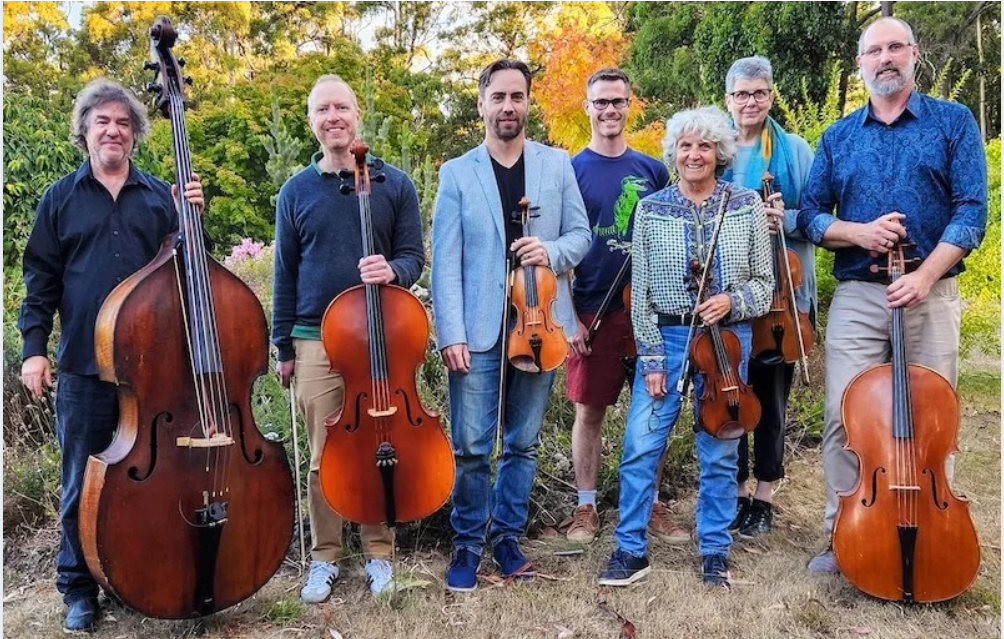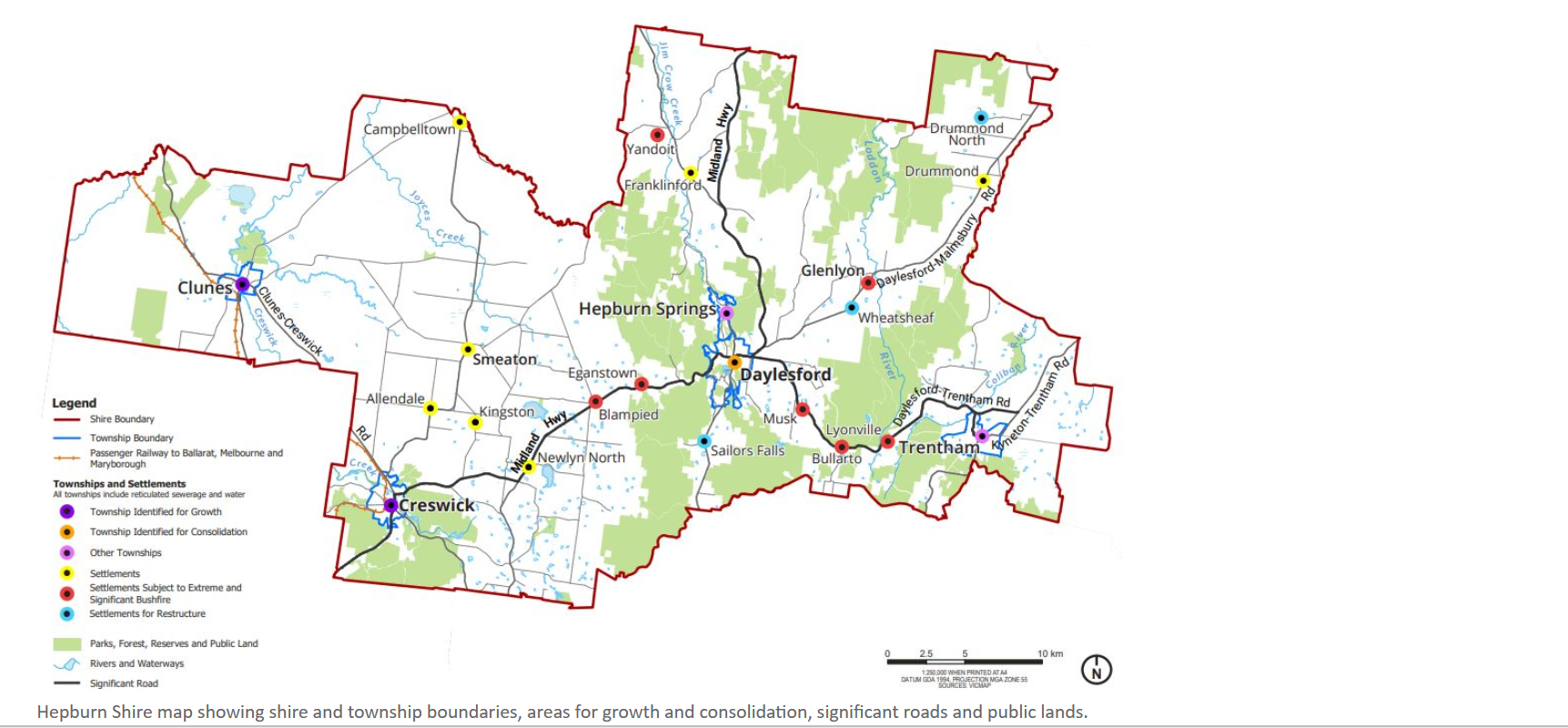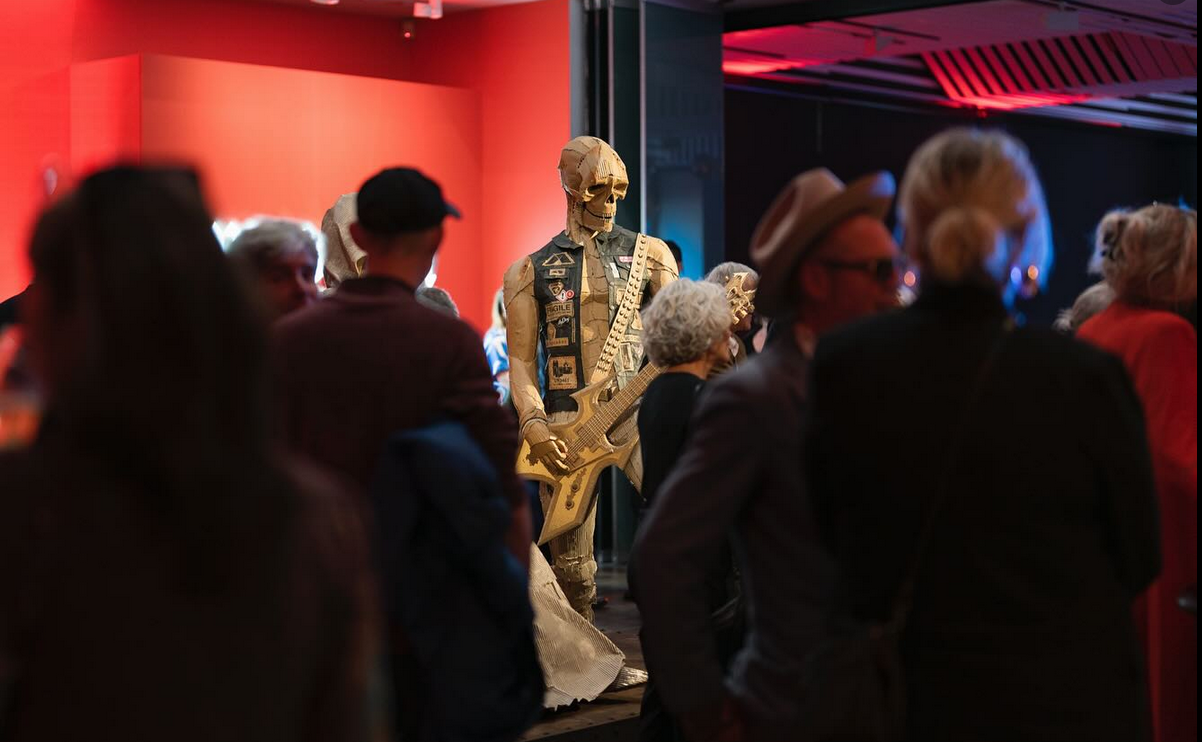April 14th, 2024Glen, about the house …
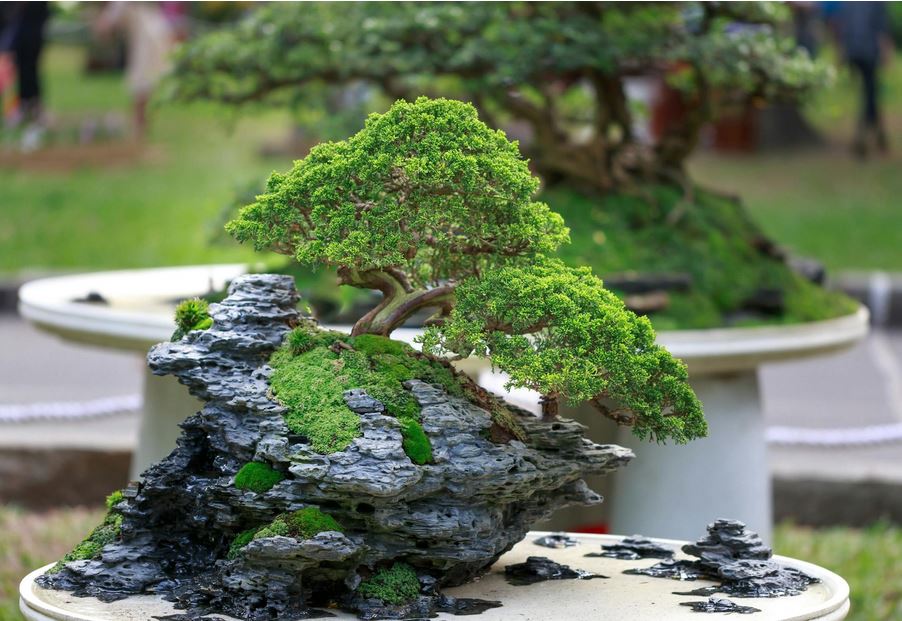
In search of the perfect bonsai
Despite popular belief, the practice of growing bonsai actually began, not in Japan, but in China when around the year 700, a group of avid gardeners began using special techniques to create miniaturised trees in small containers and so developed a practice called “pun-sai”.
It was quite some time later in the Kamakura period, that the Japanese adopted this bonsai and incorporated it into their culture alongside such related activities as suiseki (stone appreciation) and keeping koi fish (nishikigoi).
Popularity of bonsai grew, until the 14th century when they graduated from ‘outdoor ornaments’ to a highly regarded art form and became a fixture in affluent homes where they were placed on special indoor shelves for display.
It was about this time that Japanese garden artists, already famed for their delicate artistry and intriguing shaping of their gardens – took up the challenge and added bonsai to their own botanical culture.
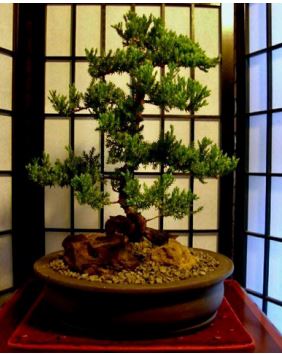
The beautifully trimmed and shaped young Japanese juniper (pictured above), has in a few years, already taken on the form and character of its older cousins – through a technique I’m yet to master.
In 1826, a Japanese nurseryman offered the famed biologist and world-wide plant collector, Philipp Franz von Siebold, a plum tree in flower, which was scarcely three inches (7cm) high. This little gem was grown in a small lacquered box of three tiers similar to those which the Japanese carried in their belts.
In the upper tier was this plum, in the second row, a little spruce fir, and at the lowest a bamboo scarcely an inch and a half (4cm high).
Not too many years after this a weeping willow, only 15cm in height, changed hands for about $3000 at today’s values – the Japanese did not hold their hobby lightly.
But for a bonsai to be of such value it must be perfect, and perfection means that not only each branch, but each twig and every leaf must conform absolutely in direction and proportion to the laws which govern the art.
Anything short of this perfection would be worth only so many cents, and thousands of beautiful bonsai are sold at the monthly sales all over Japan for no more than that. Perfection doesn’t come very often.
Although we may not seek so high a standard on our own bonsai, there are certain basic rules which must be observed, otherwise we are not entitled to call our efforts bonsai at all.
The natural dwarf conifers which adorn many rock gardens may be true miniatures but not by definition bonsai and this is equally true of any tree which is allowed to grow as nature intends, no matter how small it be.
Suitable trees for bonsai
It has often been suggested that any old hardwood tree or shrub would be suitable, especially if it’s a bit gnarled and distorted, but this isn’t always true.
Those with large leaves are useless unless they are deciduous, when the pattern of bare branches have an appeal and they start out again in spring with new leaves which will reduce in size in keeping with the proportions of the tree.
Conifers, especially those with small needles are the usual first favourites, as it is easier to ensure correct balance between the foliage and wood.
But most trees and many shrubs which bear smallish leaves and can be easily trained to grow on a single trunk will be suitable.
Got a gardening query? Email glenzgarden@gmail.com







